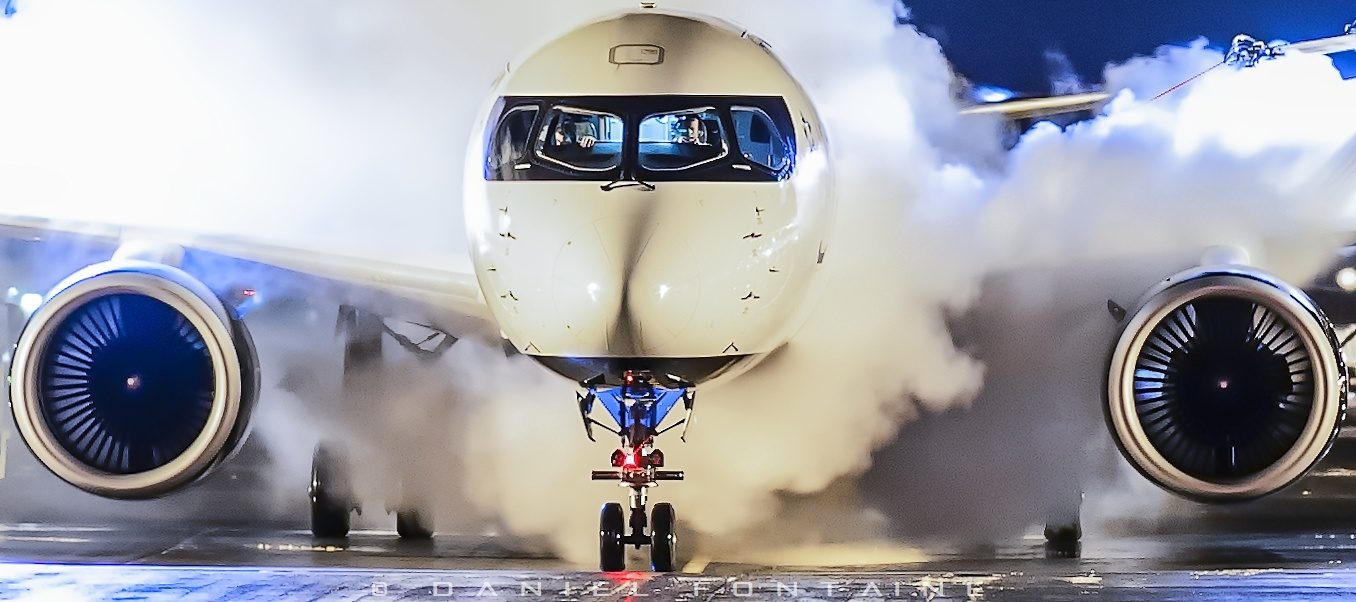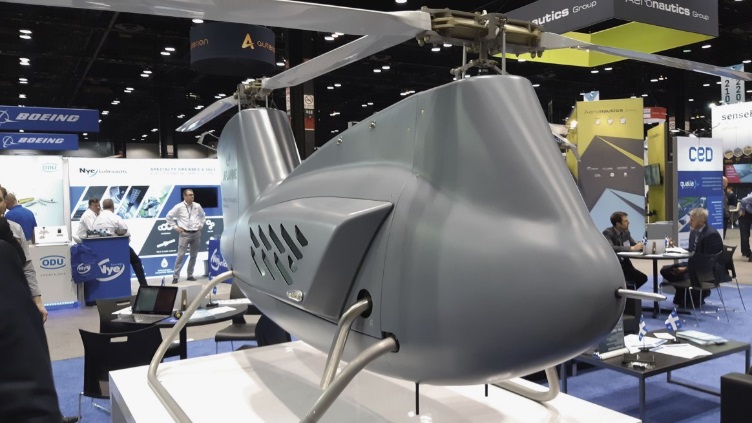Laflamme Aero, Being ahead of the regulations
A family SME
It is well known that it is often small businesses that succeed in advancing technology. In the village of Saint-Joseph de Coleraine, nestled in the mountains of Chaudière-Appalaches, a small company that employs a dozen people is preparing to make a first in the world of drones: market the first aircraft to take off and Vertical landing with a payload of 90 kg.
When brothers David and Enrick Laflamme graduated in mechanical engineering, they returned to their home village to assist their father machinist who was working on the design of a two-seater helicopter that could be operated in the category of amateur construction aircraft. But in 2004 the project was left out, because the cost to carry it out would have been too high compared to the size of the potential market.
The two brothers then started their engineering consulting business that allowed them to establish themselves as an engineer, but their goal was always to start a manufacturing company and in 2010 they became interested in drones because it is a market whose enormous potential offers many opportunities. They then chose to focus on the development of a vertical take-off and landing drone with payloads between 75kg and 100kg.
The lack of regulation
In 2012, the word drone was virtually unknown to the general public and Transport Canada had only two inspectors for all of Canada. When the two Laflamme brothers met Transport Canada for the first time to learn how to develop and certify a drone with a total weight of nearly 300kg, no one knew exactly what to do. Transport Canada’s limited resources for the nascent UAV industry were also a drag on the process.
David and Enrick Laflamme had the good idea to use Chapter 527 of the Canadian Aviation Regulations for Helicopter Certification. They have therefore applied all the standards and load factors of this regulation to design their first drone. The adoption of this rigorous approach certainly pleased Transport Canada, which is now working to put in place regulations for the LX300 category, which is the first UAV designed in Canada to weigh more than 200kg.
The LX300
The Laflamme brothers did not start from scratch because they were able to recover much of the work and experience gained from their father’s two-seater helicopter project. The silhouette of the LX300 is very similar to that of the famous Chinook military transport helicopter manufactured by Boeing. Surprisingly, apart from the size and weight of the LX300, the only other feature that sets it apart from the big Chinook that weighs 22 680kg is the absence of a pilot. The LX300 is truly designed as a classic helicopter and has all the elements, including the famous swashplate. It also has an inertial navigation unit and a GPS.
Unlike smaller drones, the LX300 is not equipped with an experimental engine, but rather with the Rotax 912 engine that is already certified for the ultra-light class aircraft. This avoids having to worry about engine certification while having maintenance intervals at 2,000 hours which significantly reduces the cost of maintenance.
With a n autonomy of up to 8 hours and a range of 150km, the LX300 can be used for border surveillance and police forces for security purposes. It can also inspect pipelines, power lines or offshore wind farms. It can also do agricultural spreading and there are all the military applications that can be developed.
PregressionThings have changed since the first contacts with Transport Canada, now there are several teams dedicated to drones on Canadian territory. Things are accelerating as the LX300 made its first flights in September 2018 and the first delivery to a customer should take place in 2020. As there are no certification rules, there is no question of obtain a type certificate that would be applicable to all LX300. For the moment, Transport Canada will issue one certificate at a time and the first customers will have experience in drone operations.
>>> Follow us on Facebook and Twitter

